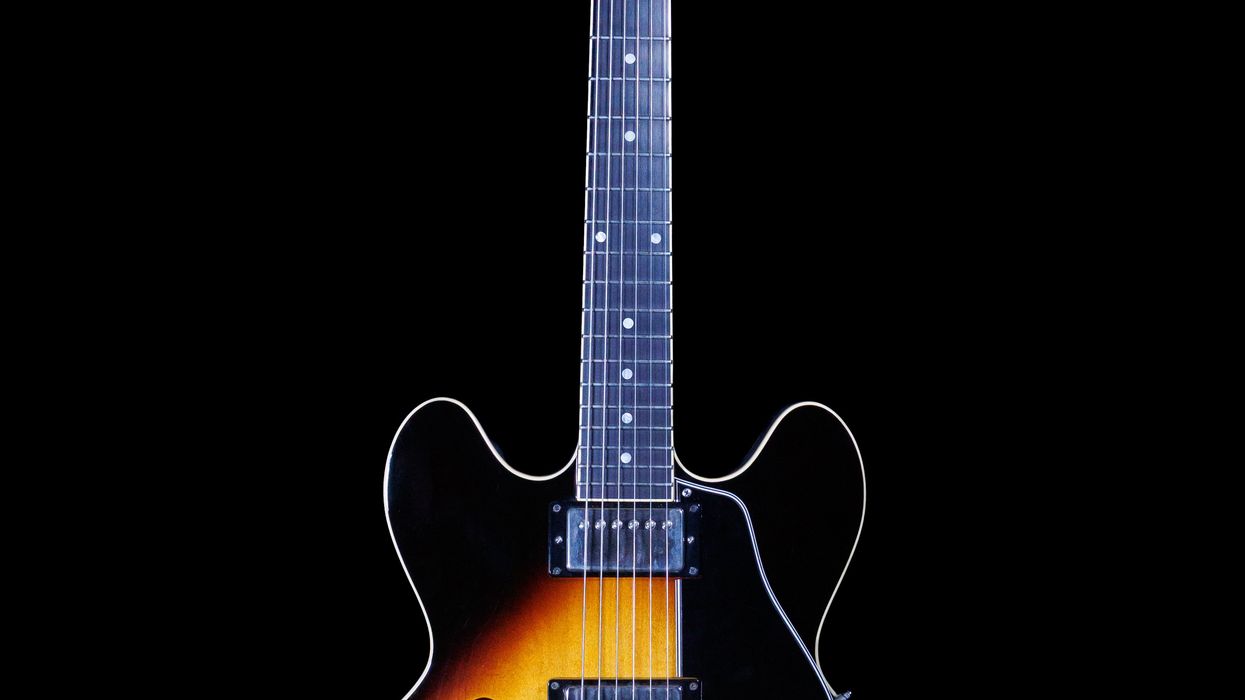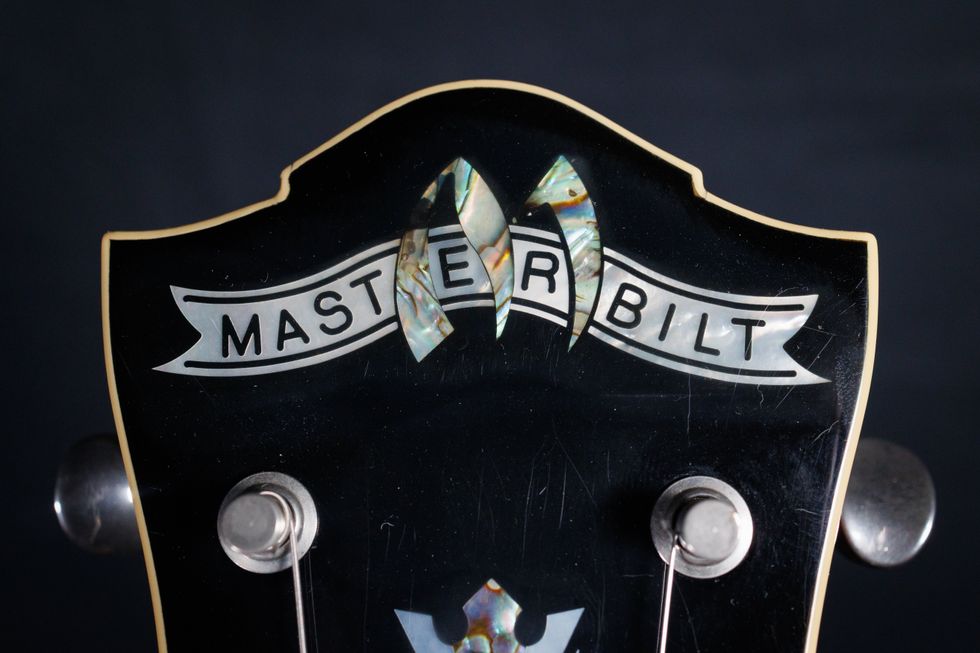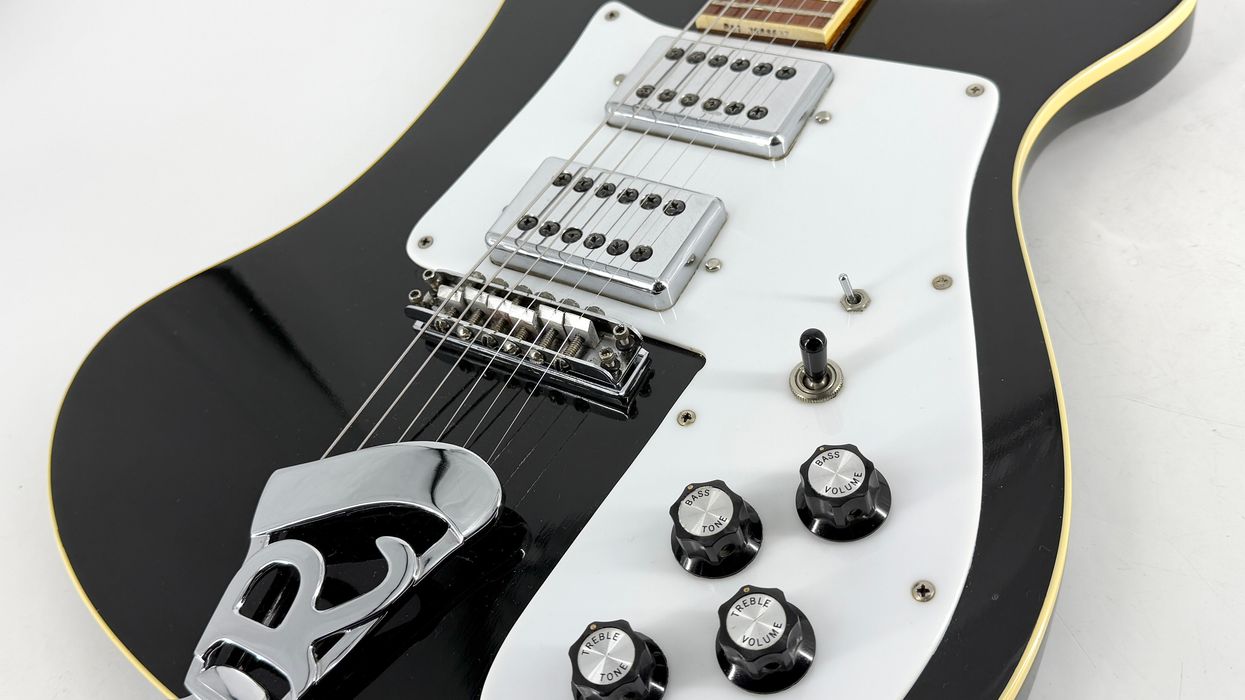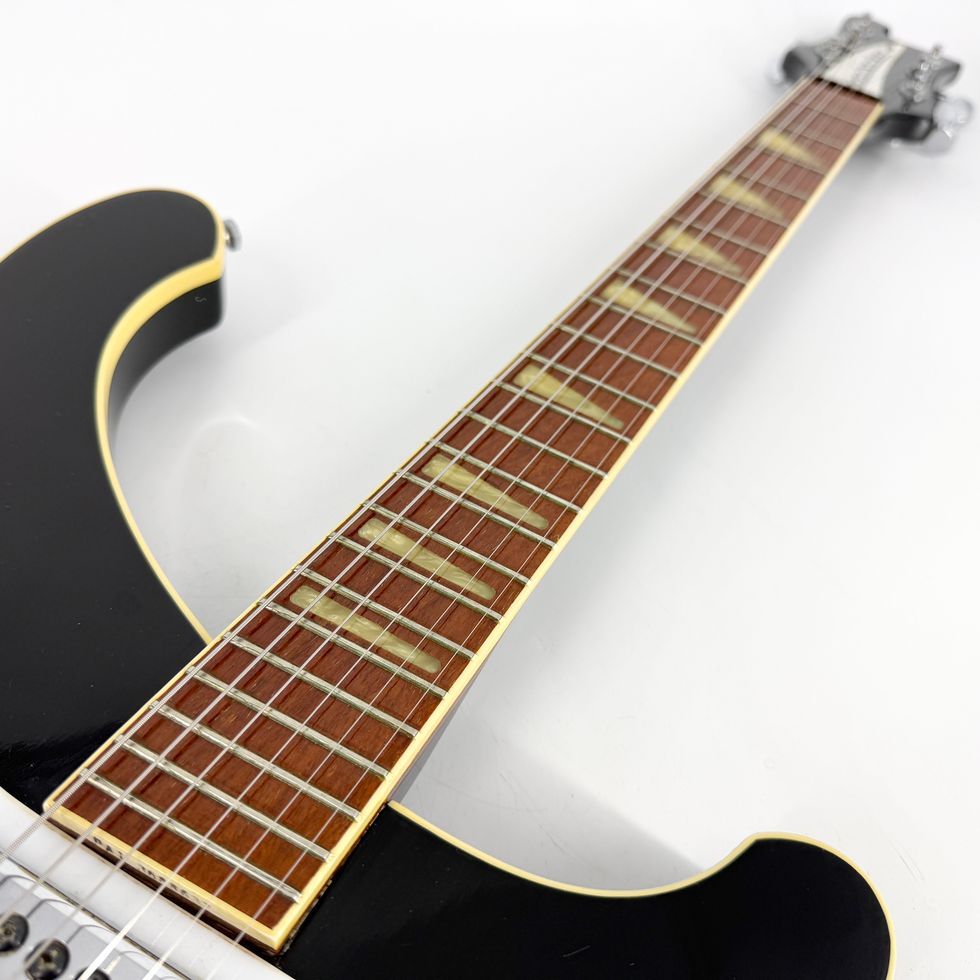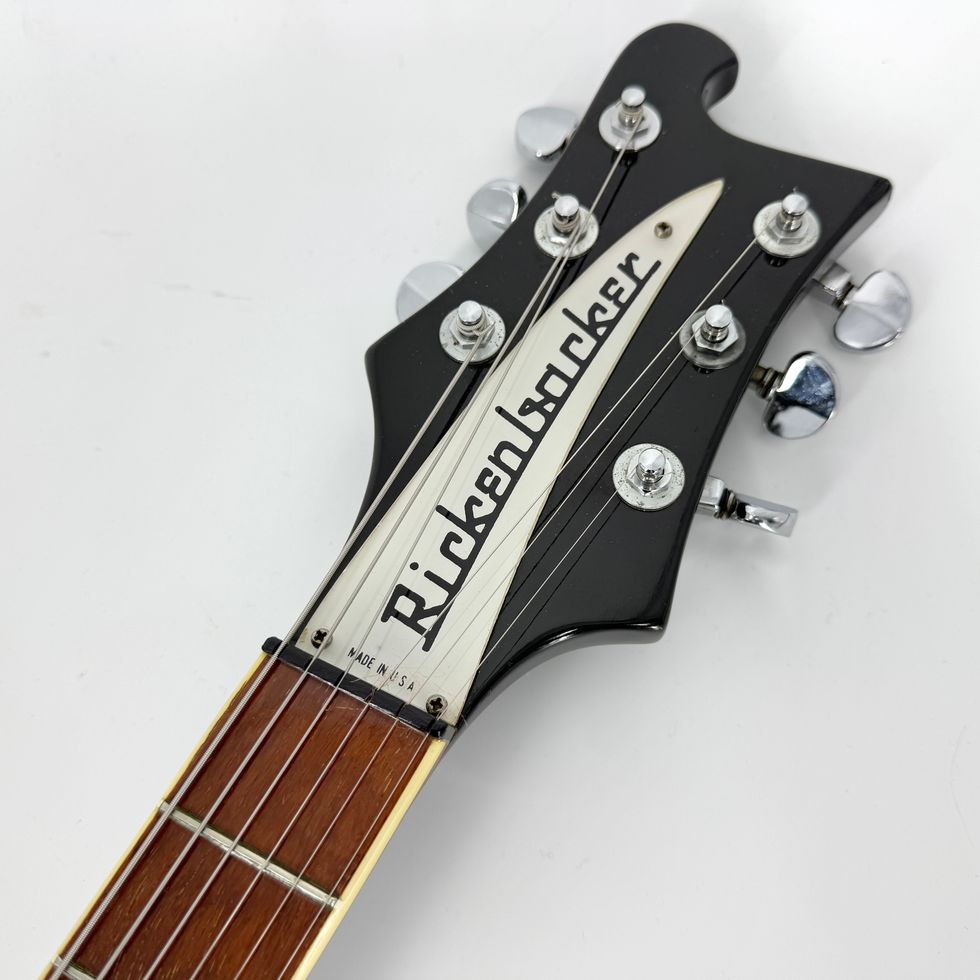The jacaranda trees that line Australian sidewalks with bright violet blooms are a famous variety, but around the world, the name “jacaranda” can refer to many different plants. In Brazil, the word encompasses an incredible variety of shrubs and trees, including some species of rosewood.
There, “jacarandá-da-Bahia” is a common name for Brazilian rosewood. These so-called jacaranda trees of the Bahia region are, scientifically speaking, Dalbergia nigra, and when the full phrase is used, you can be sure that’s what you’re getting. But this phrase, too, can be shortened to “jacaranda” alone.
Now, why am I treating you to a lesson in the naming conventions of flora? Because to vintage guitar fans, true Brazilian rosewood—rather than just some rosewood from Brazil, like cocobolo—is what we might call “the good stuff.”
Martin used it religiously until 1970. Fender’s famous slab fretboards were made from it. The stuff is so good, in fact, that its international trade has been protected for many decades, most formally through the Convention on International Trade in Endangered Species of Wild Fauna and Flora (CITES).
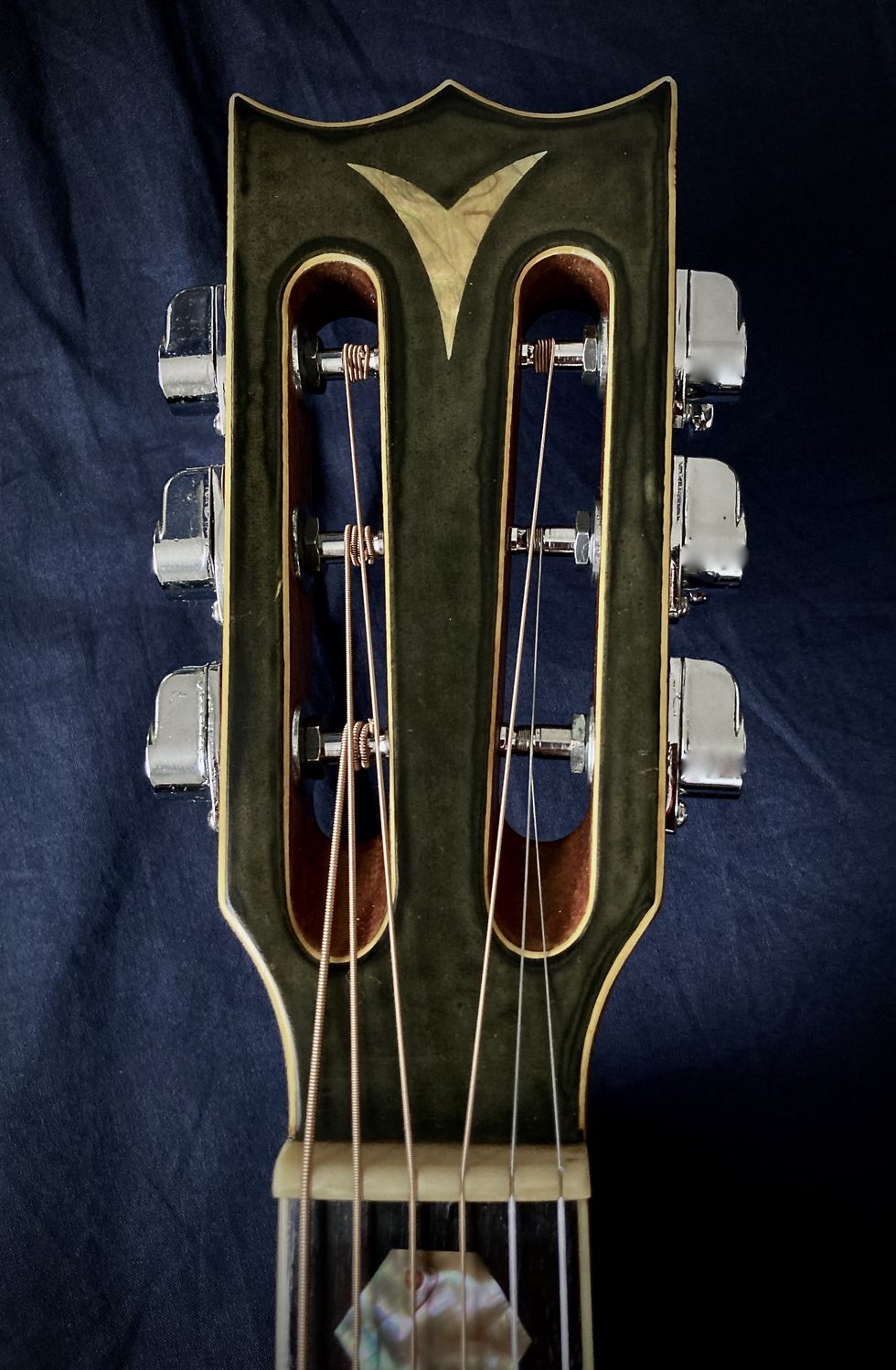
This ’70s K. Yairi guitar’s slotted headstock is one of the features that indicate that it was inspired by Nashville's Grammer acoustics from that era.
Photos courtesy of Reverb/DK Factory
So if a guitar trader tells you, “This is built with jacaranda,” that could mean it’s honest-to-goodness Brazilian rosewood. It could also mean it’s cocobolo or even Honduran rosewood, which picked up the nickname “new jacaranda,” confusingly enough, when it started being used as a substitute for Dalbergia nigra.
Which brings us to the matter at hand: the 1974 YW-800G built by K. Yairi, featured in this edition of Vintage Vault. Up for sale on Reverb now through the Tokyo-based seller DK Factory, the YW-800G has an all-rosewood body that makes a striking impression. But what kind of rosewood is it? Do I need a CITES permit if I’m going to buy it?
“For a moment, I thought, is this majestic-looking instrument far more common than I knew?”
Many guitarists know Kazuo Yairi’s name through his long association with Alvarez, starting in the late ’60s. With a small team and time-honored craftsmanship, Yairi earned a reputation as a master luthier, whether his guitars were tagged Alvarez-Yairi, Alvarez (with his signature on the label), or another brand, like his own K. Yairi. In the ’70s, many K. Yairi guitars were Martin copies, and great ones at that. Some resemble the spartan D-18; others are as decked out as a D-45.
So, what should we make of this YW-800G? It has enough abalone in its inlays and binding to go toe to toe with any top-tier Martin. Its ebony fretboard, hand-carved mahogany neck, and Grover tuners fit in with that hallowed lineage. Underneath, Yairi’s unique approach to scalloped X-bracing is still Martin-esque in character. But the outrageous curves of its slotted headstock and bridge, that almost batwing pickguard…. These features aren’t from Nazareth—they’re straight out of Nashville, taken from that city’s own Grammer acoustics, which were then popular with country artists.
I’ll confess, when one of these YW-800Gs recently landed on Reverb, I didn’t think I’d ever seen such a guitar. A few days later, a second one appeared, leading to a quick double take. For a moment, I thought, is this majestic-looking instrument far more common than I knew?
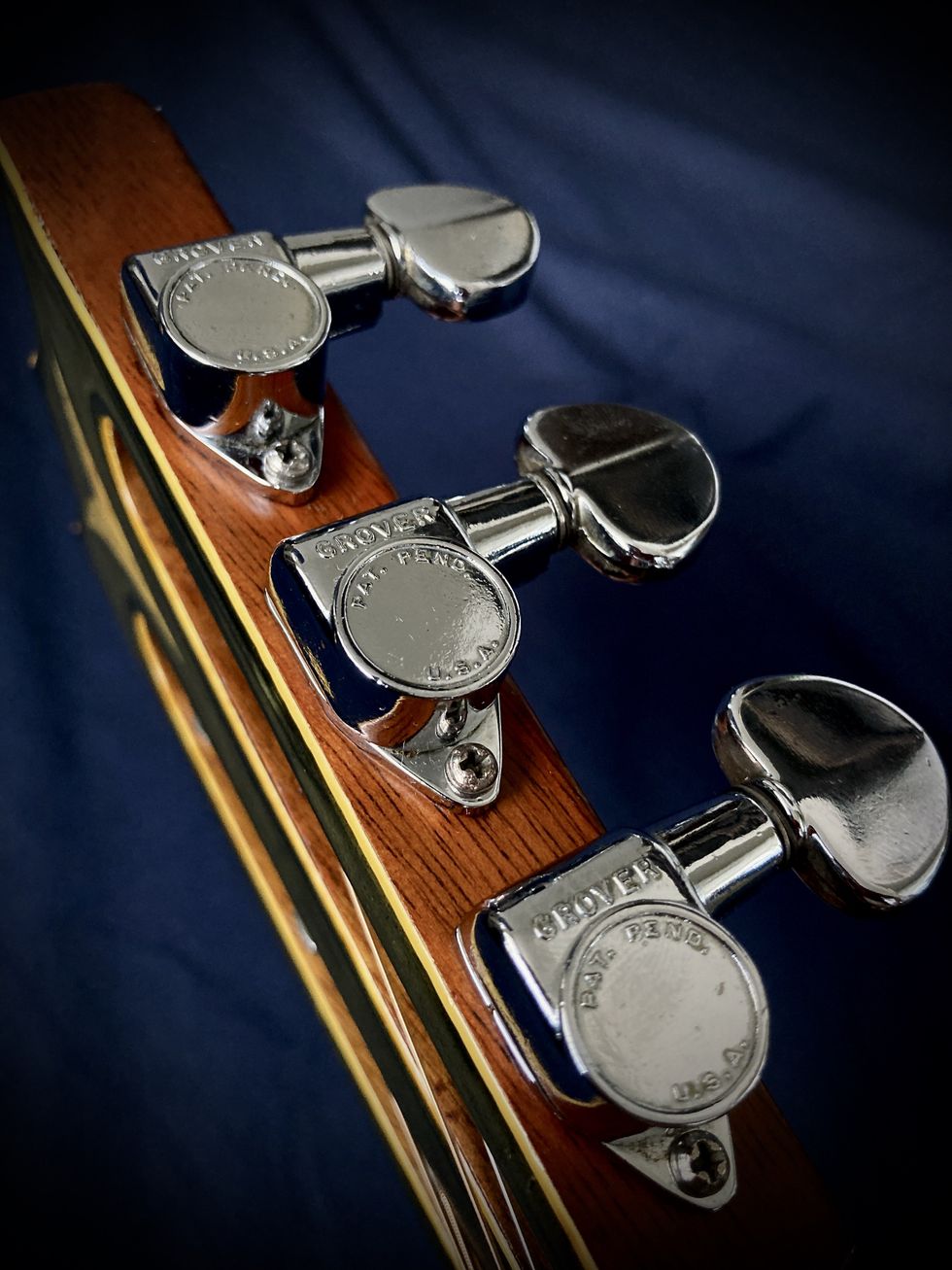
These Grover tuners are one design element that match Martin guitars, which many K. Yairi models mimicked in the ’70s.
Photos courtesy of Reverb/DK Factory
Thoroughly curious, I went back through old Reverb listings and confirmed—this is a rare breed indeed. Only a handful of similar K. Yairis have popped up for sale in Reverb’s decade-long history, ranging in price from about $1,500 to this $2,500 version. (Interestingly, the YW-800G has crossed decades of construction, made as early as 1973, and as recently as 2014.) But back to the question of the hour: What exact wood did Yairi use to make this wonderful rosewood body? The answer is, unfortunately, not fully forthcoming.
There’s a 1980 K. Yairi catalog that shows the model. There, we can tell that it sold for 80,000 yen at the time, or about $400 (roughly $1,500 in today’s dollars). But the specs and features are in Japanese, naturally, which doesn’t help us here. Alvarez-Yairi catalogs from the era written in English provide more clues. They use “jacaranda” and “rosewood” as distinct words, referring to different types of wood. For example: “Three piece back has two panels of jacaranda; center panel is select grain rosewood.”
Given this, and given the budget-friendly price point, I think it’s safe to assume that K. Yairi’s jacaranda is not, in fact, proper Brazilian rosewood (Dalbergia nigra), though you’d be hard-pressed to spot the difference. With such good looks and a beautiful sound, it might not even matter that it’s just some rosewood from Brazil instead—especially if that means it gets through customs unscathed.
Sources: Reverb listings and Price Guide data, K. Yairi’s 1980 Hand Crafted Folk Guitar catalog, Alvarez Guitars’ catalog for the 1976 United States bicentennial, America Sings: Commemorating 200 Years.

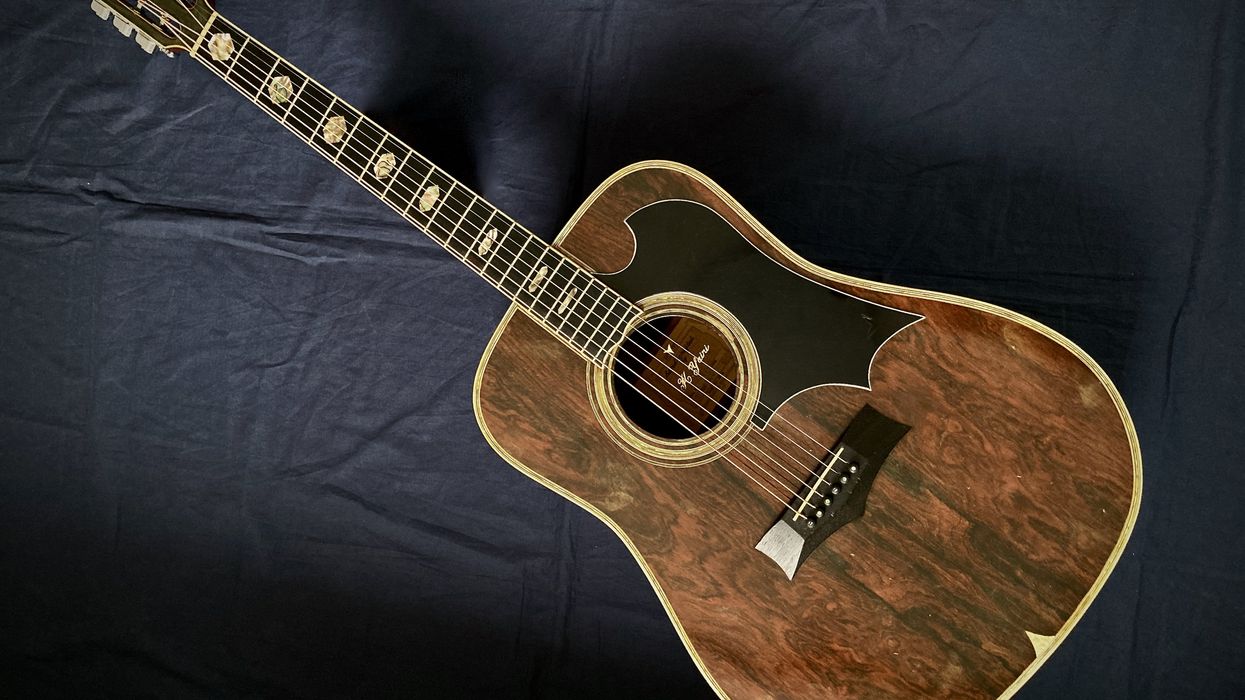

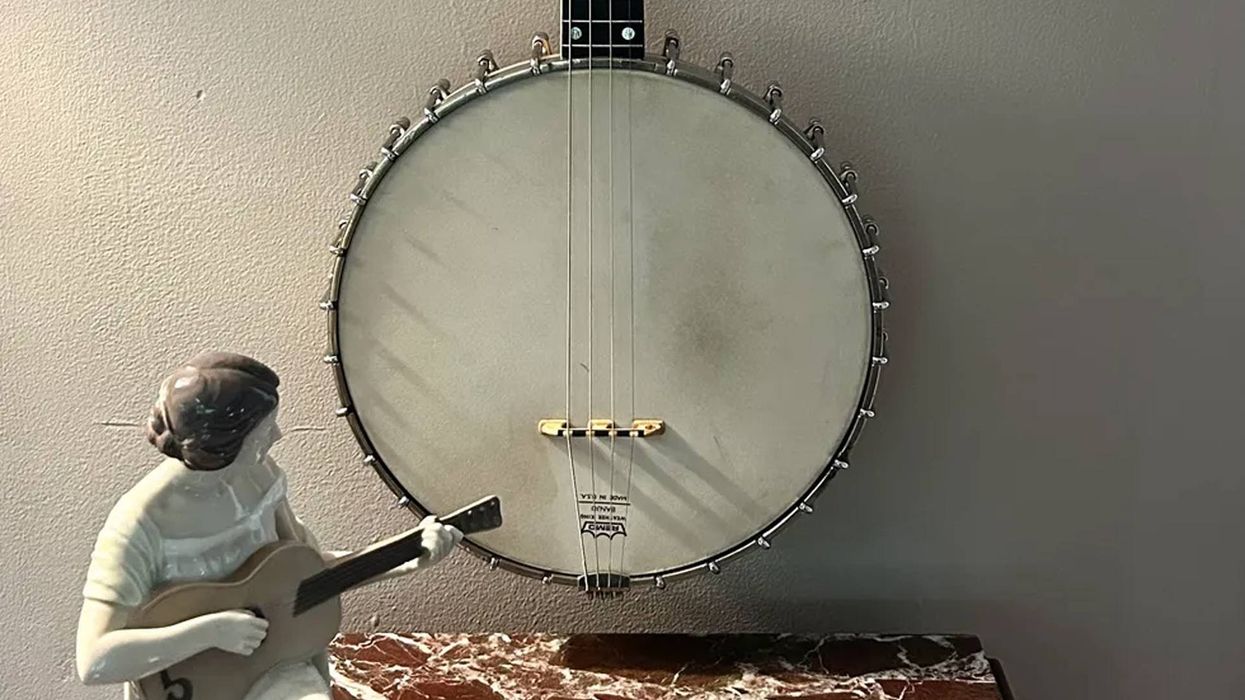
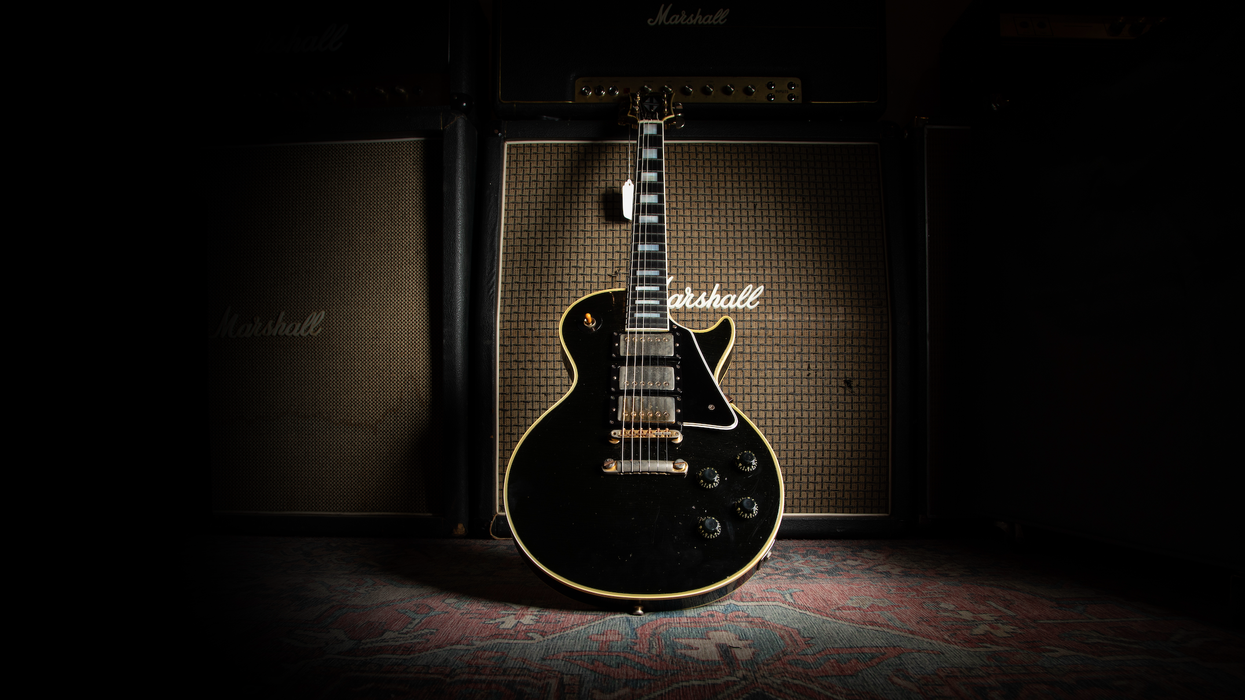
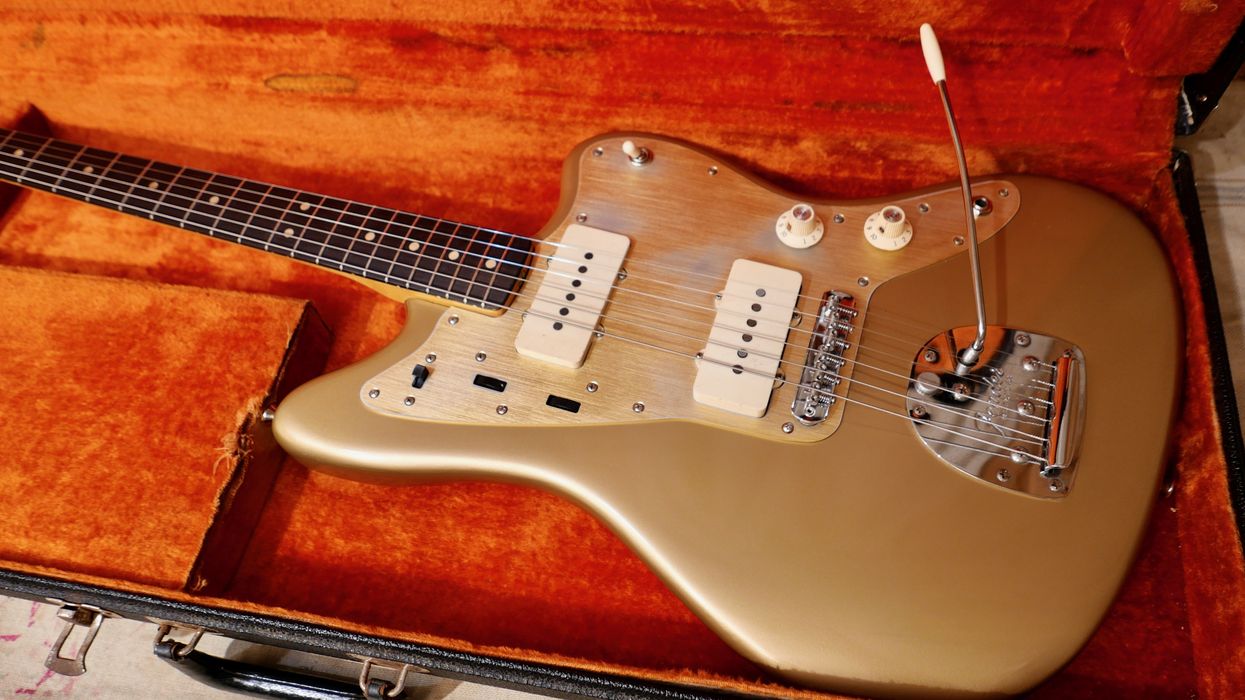
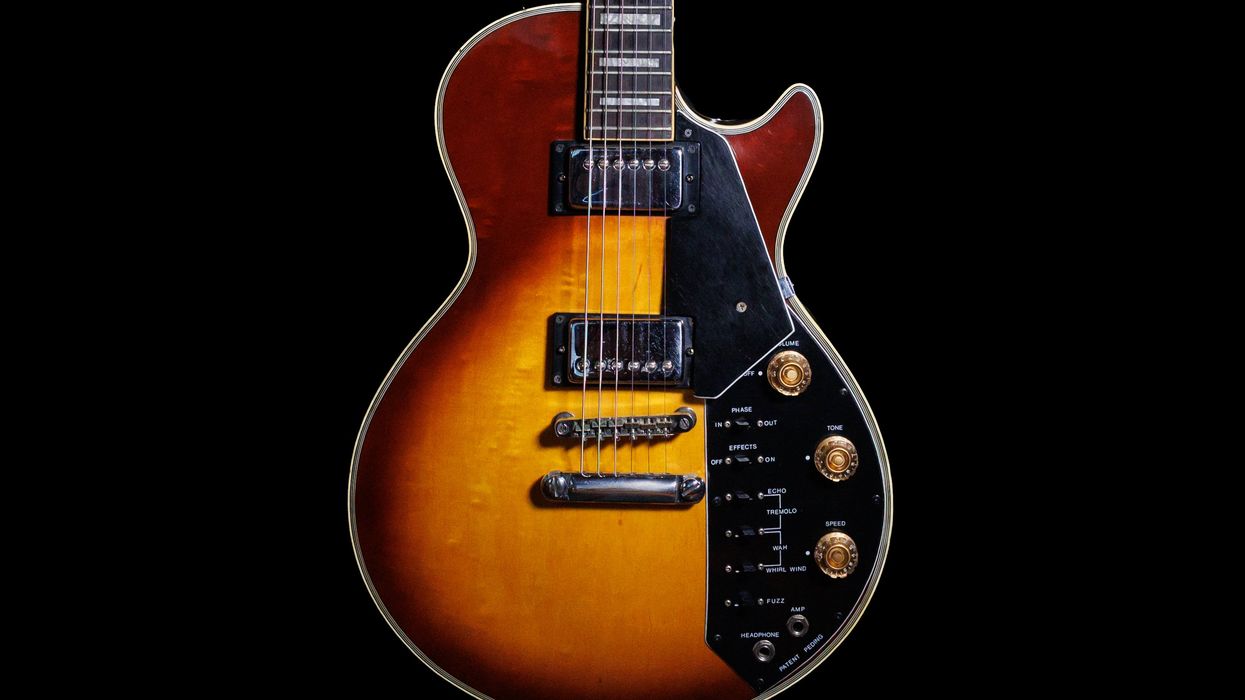








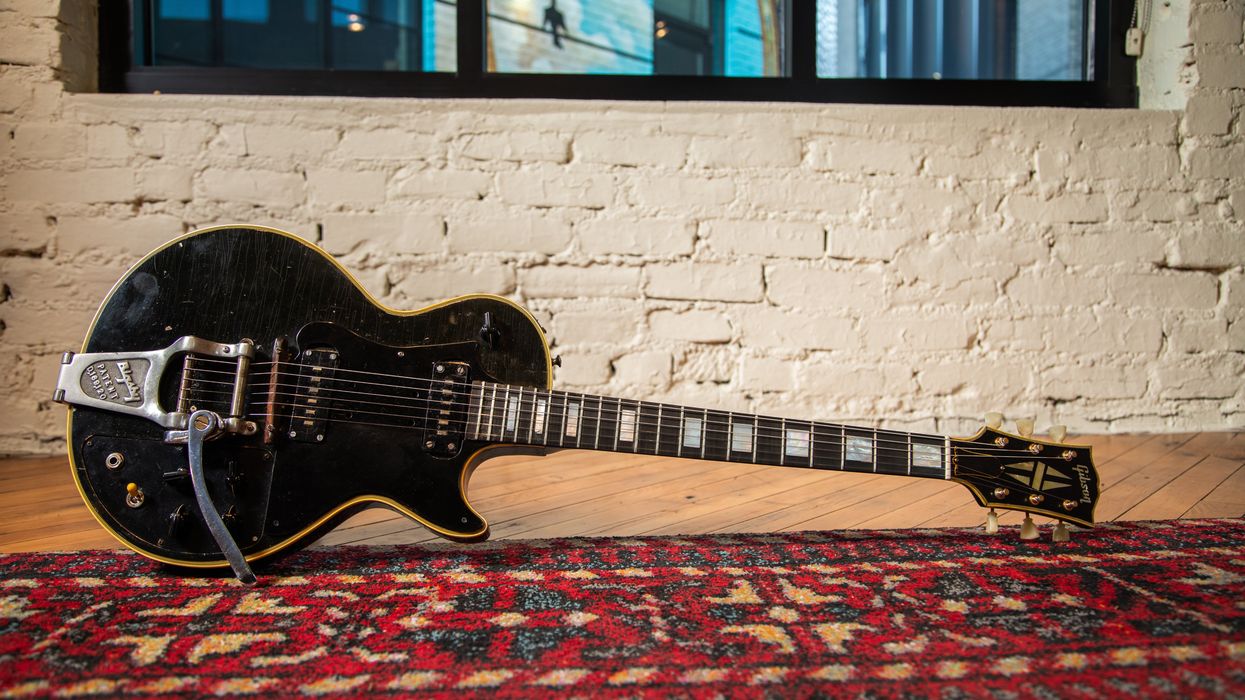
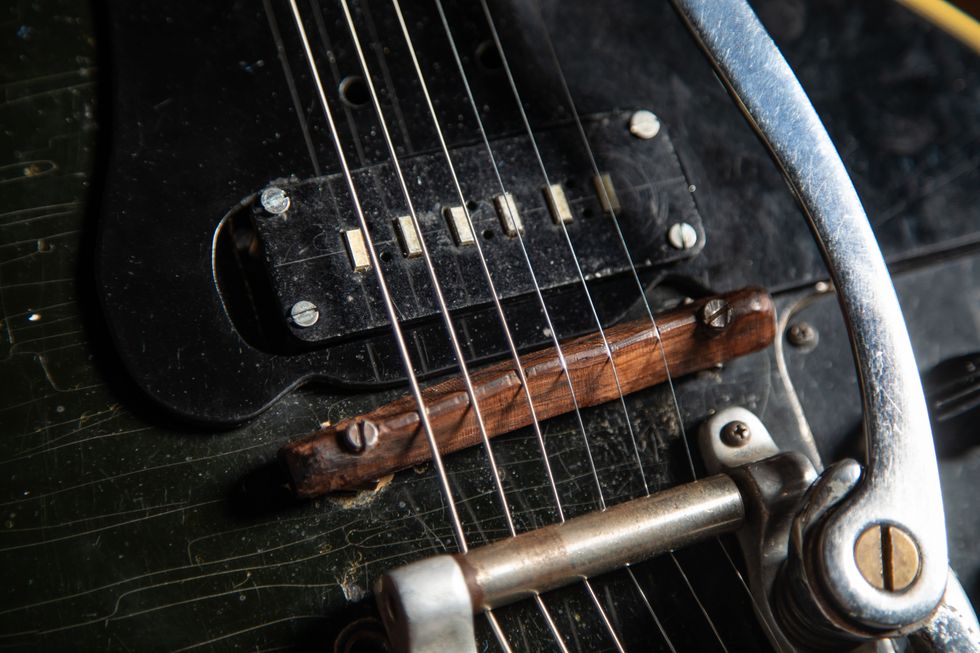
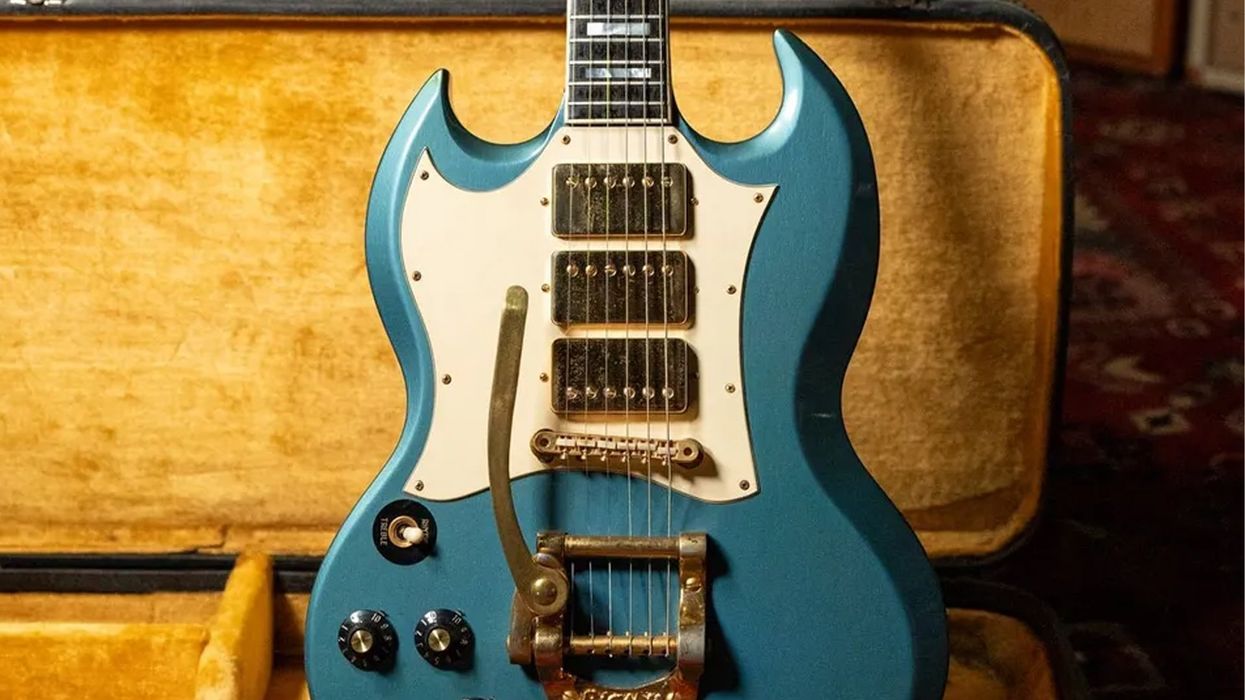
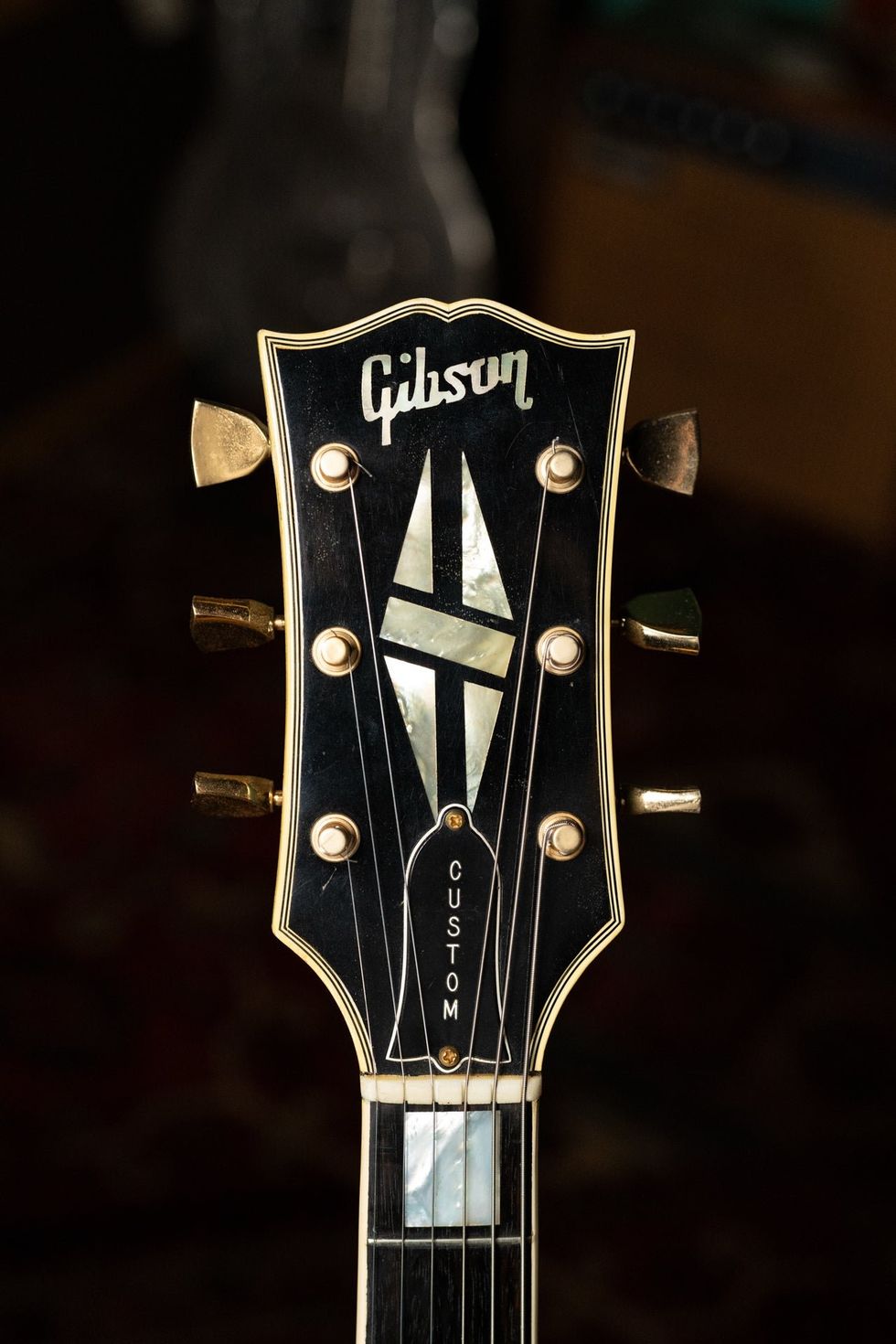
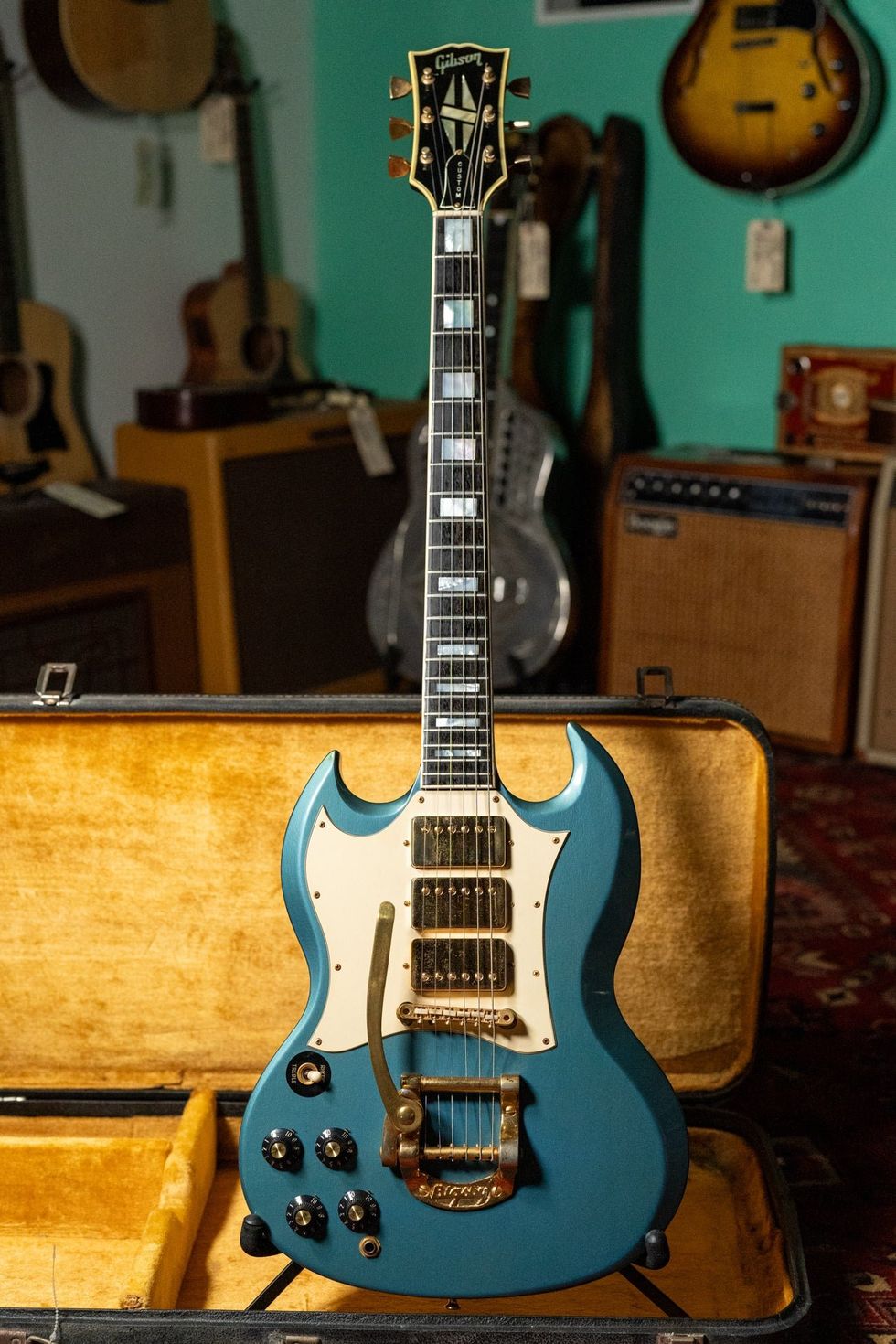 Whether or not Jimi Hendrix actually played this guitar might come down to how lucky its buyer feels.Photo courtesy of Imperial Vintage Guitars Reverb Shop
Whether or not Jimi Hendrix actually played this guitar might come down to how lucky its buyer feels.Photo courtesy of Imperial Vintage Guitars Reverb Shop